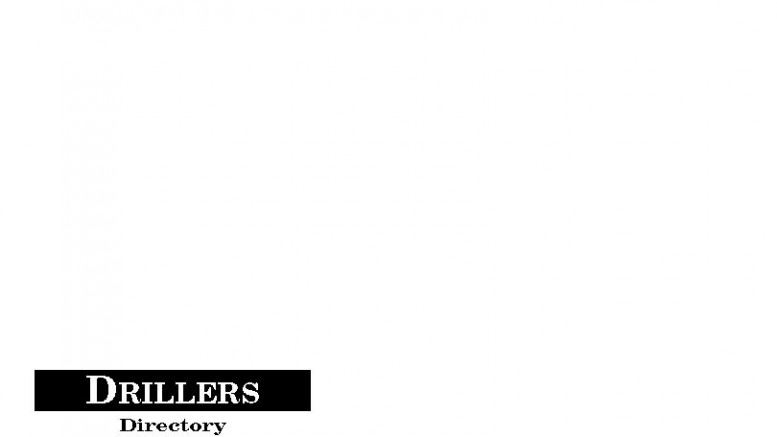Vancouver —
Efforts are focused on the Norrbotten copper-gold project, which comprises more than 80 sq. km in the vicinity of the Kiruna iron mine. Numerous iron oxide deposits are known to exist in the district.
So far, South Atlantic has identified 10 targets, chief among which is Lieteksavo, where relogging and resampling of two 1-metre intervals in a previously drilled hole returned 20.9 grams gold and 93 grams silver per tonne, plus 13.7% copper. The mineralization is hosted in quartz veins rich in copper oxides, magnetite, chalcopyrite and tourmaline.
Currently, the company is relogging and sampling existing drill core from other targets, as well as performing ground geophysics.
Drilling is to begin in February or March.
Four of the targets under investigation, including Lieteksavo, are known to have gold and copper mineralization associated with magnetite or hematite. The others are Valasjaure, Sautusvaara and Sierkavare.
Lieteksavo was discovered in 1981 by LKAB. Scout drilling consisted of 27 drill holes over a 12-km strike length. The holes tested quartz-tourmaline-magnetite veins that hosted chalcopyrite, bornite and scheelite.
The Valasjaure target was discovered in the 1950s, and represents a mineralized shear zone with three nearby iron deposits. Scout drilling tested the shear zone and cut magnetite, chalcopyrite and pyrite over a strike length of 1 km. Assays averaged 0.5% copper.
The results of a magnetic survey suggest the shear zone could extend for a strike length of about 10 km. Outcrop sampling has returned up to 1.5% copper and 0.3 gram gold per tonne.
Three other magnetite iron deposits are within 5 km of the Valasjaure shear zone, and these consist of magnetite breccia with grades of up to 40% iron. The area is interpreted to be a significant IOCG environment separated by the northwest-trending Valasjaure shear zone.
The Sautusvaara target was discovered in 1898 and consists of two parallel bodies of copper sulphide mineralization separated by a fault. Pyrite occurs as veinlets together with traces of chalcopyrite. Cobalt in pyrite varies from 1.1% to 1.6%. A previous drill hole intercepted a 6-metre zone that averaged 0.3 gram gold per tonne. The highest-grade copper value intercepted while drilling was 2 metres averaging 1% copper.
Reconnaissance field work last October resulted in the discovery of a copper-stained iron gossan, and this may extend the mineralized trend for a strike length of 5 km.
The Sierkavare target, found in 1982, represents copper mineralization hosted in magnetite veins and a syenite intrusion. The mineralization can be traced over a strike length of 1.5 km. Previously, the best gold value intercepted was 1.9 grams over 1 metre, whereas the best copper intercept was 72.8 metres of 0.67% copper. Magnetic survey results suggest the mineralized trend has a total strike length exceeding 8 km.
Meanwhile, South Atlantic has completed a private placement of 1.6 million units priced at $2 each for proceeds of $3.2 million. A unit consists of one share and half a share purchase warrant. A whole warrant is exercisable into one share over two years at $2.25 per share.


Be the first to comment on "South Atlantic hot on Swedish targets; Rio Narcea"